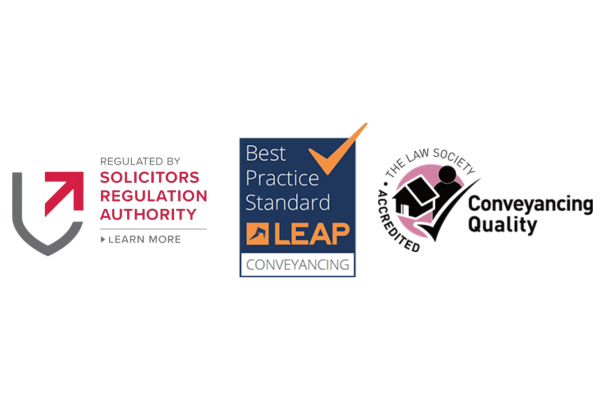Exploring Property Ownership: Freehold, Leasehold, and Share of Freehold
When venturing into the realm of property ownership, one of the most important decisions you’ll face is the type of ownership that best aligns with your needs. In England and Wales, there are three main types of ownership: freehold, leasehold and share of the freehold. Each type of property ownership has its own advantages and disadvantages, so it’s important to understand the key differences before making an informed decision. This blog post aims to provide a comprehensive understanding of these ownership types to empower you with the knowledge needed to make informed decisions.
Freehold Ownership
Freehold stands as the predominant form of property ownership in England and Wales, offering extensive flexibility. Under freehold ownership, you assume complete ownership of both the land and the corresponding structure. This translates to an unrestricted degree of control over your property, permitting usage as per your preferences, within the bounds of applicable planning restrictions. Additionally, the autonomy extends to the right of freely selling the property or passing it down to descendants without necessitating prior consent.
Advantages of Freehold Ownership:
- Absolute ownership of both the land and the building.
- Unrestricted rights to utilise the property according to your preferences.
- The freedom to sell the property or transfer it to heirs without constraints.
Disadvantages of Freehold Ownership:
- Sole responsibility for all repairs and maintenance of the property.
Leasehold Ownership
In acquiring a leasehold property, you secure the right to occupy and utilise the premises for a predetermined period, typically 99 or 125 years. This transaction involves entering into a lease agreement with the landowner, referred to as the freeholder. It’s important to note that, in this arrangement, the freeholder maintains ownership of both the land and the building.
Advantages of Leasehold Ownership:
- Often more economical to purchase compared to freehold properties.
- Major repairs and maintenance responsibilities rest with the freeholder.
Disadvantages of Leasehold Ownership:
- Absence of outright ownership of both land and building.
- Bound by the terms stipulated in the lease, potentially limiting property usage.
- Potential obligations to pay ground rent and service charges to the freeholder.
Share of Freehold Ownership
Share of freehold entails owning a portion of the freehold in a building alongside fellow leaseholders. This ownership structure provides you with a voice in the decision-making processes related to the management and maintenance of the building.
Advantages of Share of Freehold Ownership:
- Active participation in decisions regarding building management and maintenance.
- Potential avoidance of ground rent and service charges.
Disadvantages of Share of Freehold Ownership:
- Challenges in reaching agreements with fellow leaseholders regarding building matters.
- Possible obligation to pay service charges for communal areas.
In Conclusion
Choosing the right property ownership aligning with your preferences and circumstances is a significant decision. It’s advisable to seek legal advice to ensure that your choice aligns with your needs and avoids potential pitfalls. As you embark on this important journey, empower yourself with knowledge and make informed decisions to secure the ideal property ownership for your unique situation.





